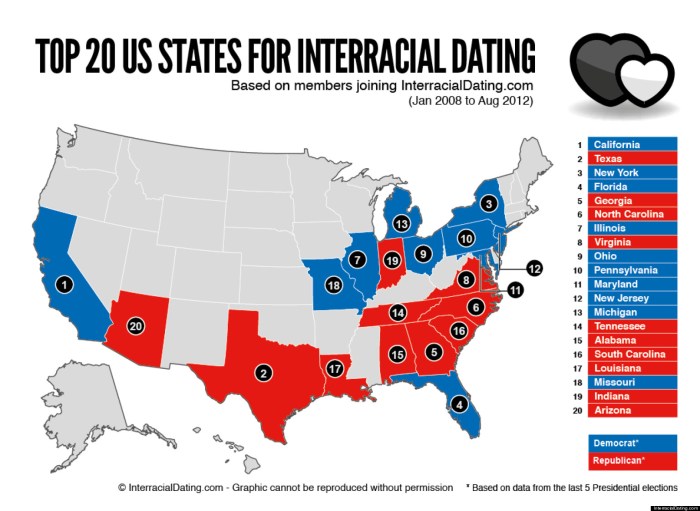Navigating the complexities of love and relationships in the United States today is a journey shaped by technological advancements, evolving social norms, and diverse cultural landscapes. From the swipe-right culture of dating apps to the enduring influence of traditional values, understanding the dynamics of US dating requires exploring a multifaceted tapestry of influences. This exploration delves into the current trends, societal impacts, and regional variations that define the American dating scene, revealing both the challenges and the unique opportunities inherent in finding connection in the 21st century.
We'll examine the rise of dating apps and their impact on relationship formation, contrasting the experiences across different platforms and demographics. Further, we'll analyze how social media, cultural backgrounds, and geographical location shape dating expectations and behaviors. By exploring these diverse facets, we aim to provide a comprehensive understanding of the modern US dating landscape.
Dating App Trends in the US
The US dating landscape is significantly shaped by the ever-evolving world of dating apps. These platforms have revolutionized how people meet and form relationships, offering a vast array of choices catering to diverse preferences and demographics. Understanding the trends within this digital dating sphere is crucial for comprehending modern relationship dynamics in the United States.Popular Dating Apps and Their Key Features
The US dating app market is dominated by several key players, each with its unique features and target audience. The following table summarizes some of the most prominent apps:| App Name | Target Demographic | Unique Selling Point | User Base Size (estimated) |
|---|---|---|---|
| Tinder | 18-45, broad demographic | Ease of use, swipe-based interface, large user base | 75 million+ |
| Bumble | 25-40, leaning towards women | Women initiate contact, focus on respectful interactions | 40 million+ |
| Hinge | 25-40, relationship-oriented | Emphasis on meaningful connections, detailed profiles | 10 million+ |
| OkCupid | 25-45, diverse and inclusive | Detailed questionnaires for compatibility matching | 5 million+ |
Tinder, Bumble, and Hinge: A Comparative User Experience
Understanding the nuances of user experience across different platforms is essential. Tinder, Bumble, and Hinge, while all swipe-based, offer distinct experiences:The following bullet points highlight key differences in user experience across Tinder, Bumble, and Hinge:
- Tinder: Emphasizes casual dating and quick connections. The swipe-based interface is simple and efficient, leading to high volume but potentially superficial interactions. Matching is primarily based on visual attraction.
- Bumble: Promotes a more respectful and empowering environment for women. The requirement for women to initiate contact can lead to more thoughtful conversations and potentially deeper connections. Still swipe-based, it focuses more on fostering quality interactions.
- Hinge: Prioritizes meaningful relationships. The app encourages users to create detailed profiles and engage in thoughtful conversations. The focus is less on superficial swiping and more on compatibility matching through detailed prompts and profile information.
The Rise of Niche Dating Apps
Beyond the major players, a significant trend is the emergence of niche dating apps catering to specific interests or demographics. These apps leverage the power of shared interests to facilitate more meaningful connections.Examples include:
- Faith-based apps: Apps like JSwipe (Jewish) or Christian Mingle cater to users seeking partners who share their religious beliefs. Their success stems from addressing a specific need within a community, fostering a sense of belonging and shared values.
- Profession-based apps: Apps focusing on specific professions (e.g., doctor-specific apps) help connect individuals within the same professional field, facilitating conversations around shared experiences and career aspirations.
- Hobby-based apps: Apps connecting users with shared hobbies (e.g., fitness, gaming, outdoor activities) create a natural starting point for conversations and shared experiences, facilitating meaningful connections beyond initial attraction.
Relationship Dynamics and Societal Influences

Source: huffpost.com